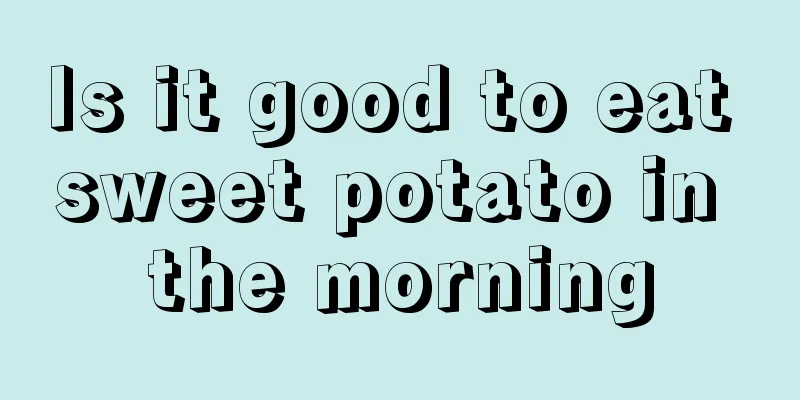Causes of catalyst poisoning

|
I don’t know if you have ever experienced catalyst poisoning. Nowadays, with the rapid development of the pace of life and the general improvement of the quality of life, various catalysts have appeared in all aspects of our social life. Because catalysts are so widely used, there are no strict requirements for the catalysts to be put on the market. As a result, the market is flooded with catalysts, and the quality of the catalysts naturally cannot be guaranteed. So catalyst poisoning occurs. This situation has a serious impact on our body. So is there any good way to treat catalyst poisoning? Let us now learn how to treat catalyst poisoning. reason: One of the reasons: "cation" poisoning 1. Composition of cations: metal ions and alkaline nitrides, ammonia and organic amines in C4 raw materials. 2. Source of cations: ① Sodium ions and calcium ions brought by incomplete water washing of upstream raw materials; ②Soluble iron ions and chromium ions generated by equipment pipes or valves; ③ Trace aluminum ions and silicon ions in FCC molecular sieves; ④Alkaline compounds such as ammonia and methylamine in C4 also belong to the category of cations. 3. Poisoning principle and form: These cations and SO3OH in the catalyst produce ion exchange and make the catalyst "poisoned". The reaction formula is as follows: SO3OH+M+(Na+, Ca2+, Fe3+, Cr4+, Al4+, NH4+, CH3NH2+…) Poisoning form: Poisoning in "layers", that is, those who come into contact with the material first will be poisoned first, and those who come into contact with the material later will not be poisoned for the time being. Reason 2: Poisoning by hydrolyzable nitriles and amides ① In catalytic cracking, C4 and C5 raw materials usually contain acetonitrile and propionitrile. ② Steam cracking C4 raw materials occasionally contain DMF used for the extraction of butadiene from upstream. Reason three: The pores of the catalyst of the new water treatment agent are blocked, causing the catalyst to be inactivated. Reason 4: The catalytic group falls off, causing the catalyst to become inactivated. The new water treatment agent catalyst can withstand a maximum temperature of 120°C, but if it operates at this temperature for a long time, the sulfonated group of the catalyst will fall off the structural skeleton and flow into the liquid phase, causing the catalyst to become deactivated. The above content introduces us to how to treat catalyst poisoning. We should all study the introduced methods carefully. Whether we encounter similar problems in our future lives, we can use the above methods to treat ourselves in a timely and effective manner, so as to recover our health faster and better. |
<<: What to do if scratched by rusty iron
>>: Abnormal thyroid secretion
Recommend
8 tips to reduce mobile phone radiation
Mobile phones have become an important tool that ...
What to do if you are allergic to bullfrog
The meat of bullfrog is very tender and has high ...
What is better for bathing?
No matter in summer or winter, bathing is a life ...
What are the common early symptoms of lung cancer? 7 clinical symptoms of early lung cancer
Although medical technology is very advanced now,...
What are the main causes of lymphoma?
Among many cancer diseases, lymphoma is also a ve...
Athlete's foot fungus is afraid of white vinegar
There is a difference between beriberi and athlet...
I often feel chest tightness and pain
Everyone is under great pressure in their daily l...
Beware! Sun exposure may affect the incidence of cervical cancer
Cervical cancer is one of the most common maligna...
What are the methods for detecting early lung cancer? Three tests can help you detect lung cancer
Early stage lung cancer should be examined by X-r...
What should you pay attention to in your diet for advanced liver cancer? Five principles to follow in your diet for advanced liver cancer
When liver cancer reaches the late stage, it is v...
How to care for pain in advanced liver cancer to relieve pain? Nursing measures for pain in advanced liver cancer patients
What are the nursing measures for pain in patient...
Summer schedule
We all know that when summer comes, the nights be...
Where are human kidneys located
The kidney is a relatively important organ in the...
What causes liver cancer? The 6 most likely causes of liver cancer
Liver cancer is a malignant tumor of the liver, w...
What are the tips for using nitrocellulose?
Cellulose nitrate is a white polymer. This substa...









